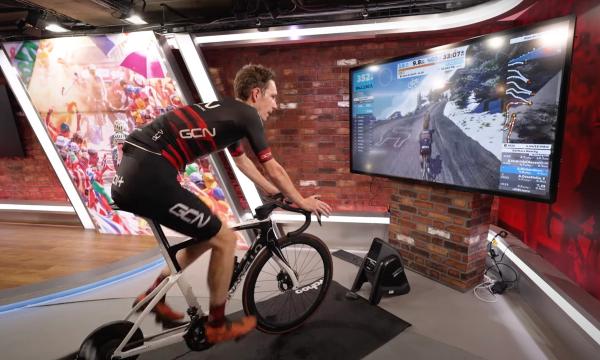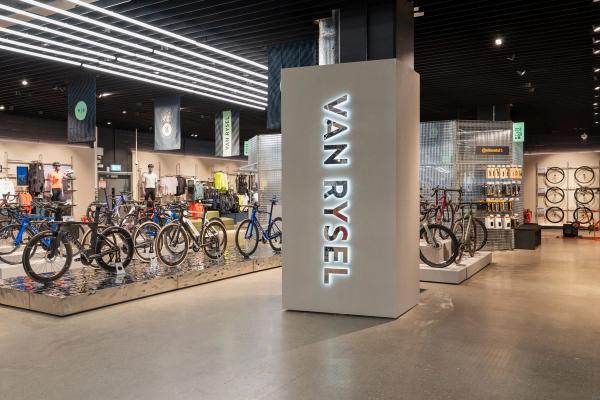Why tyre pressure and tyre width matter so much for cycling
Making the right tyre choices could be the best value upgrade you can have to improve your ride experience
Alex Hunt
Junior Tech Writer
In recent years, road bike tyres have generally been getting wider across the board, with even the professional peloton adopting tyres north of 28mm wide in regular road races.
Wider tyres seemingly have a lot of upsides with very few drawbacks. They can increase comfort, and reduce rolling resistance and with the latest generation of deep-section wheels, they are also more aerodynamic. Use the right pressure, and wider tyres can be a real game changer.
Even with this in mind, though, a lot of riders are still sticking to their guns and running narrow tyres and inflating them to crazy high pressures, staying with ideas of old when it comes to tyres.
In Alex Paton and Ollie Bridgewood's view, though, this is to the detriment of more than just your comfort, and actually, getting the right tyre set-up could be one of the most beneficial upgrades to your bike.
Are tyres the best upgrade?
Tyres are the only contact patch the bike has with the ground so everything has to pass through them before travelling to other areas of the bike or rider. This makes tyres the first line of defence against high-frequency vibrations or ‘road buzz’ which can help stave off the effects of fatigue for longer.
Fitting a wider tyre at the right pressure can transform your ride more than any frame material difference or premium wheelset you might invest in. When you factor in the price of a high-end set of tyres, all of a sudden it becomes an often overlooked upgrade worth its weight in gold.
Find your perfect tyre pressure
To work out your perfect tyre set-up, there are a few things you need to consider and tinker with, including tyre pressure.
Do harder tyres make you faster?
The first place to start will likely be by dropping your tyre pressure down a bit. It used to be thought that a harder tyre was faster as it would have a smaller contact patch with the ground and would roll easier. With more modern tyre research, it turns out that on anything other than a perfectly smooth surface, this is far from the case.
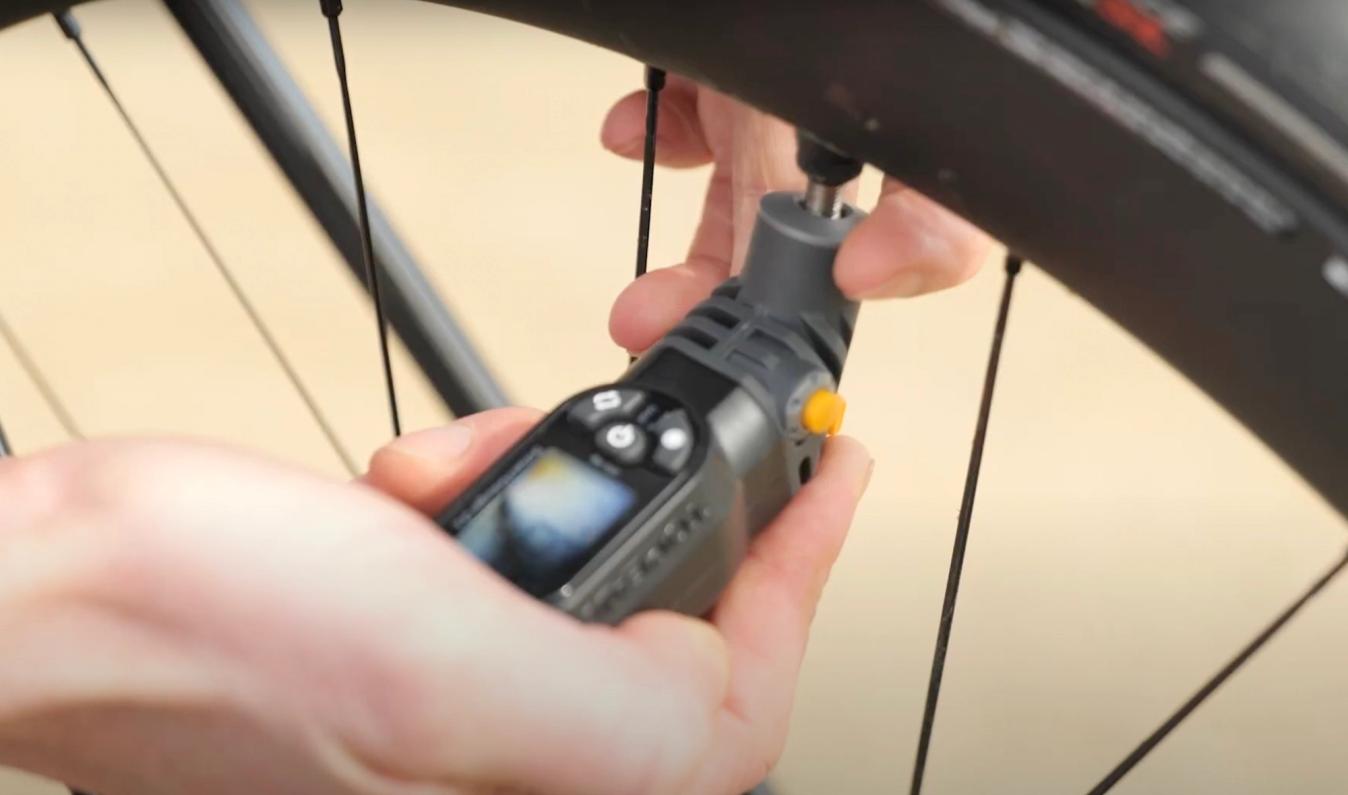
© GCN
Dropping your tyre pressure down can actually result in a faster system as well as increasing comfort
Although it depends on the width of the rim and the specifics of the tyre, a typical 28mm tyre will never need to be inflated to a pressure higher than around 85psi. Anything more than this and you will start to lose efficiency through vibrational losses. For lighter riders or wider tyres, this pressure can be reduced even further, with Tom Pidcock admitting to running his 28mm tyres at around 60psi.
Use an online tyre pressure calculator
If you are in doubt about what the right tyre pressure is for you there are plenty of online tyre pressure calculators available. These take into consideration the width of the rim, the model of tyre and the total system weight including the rider. Although it might not be 100% accurate it certainly puts you in the right area to start experimenting.
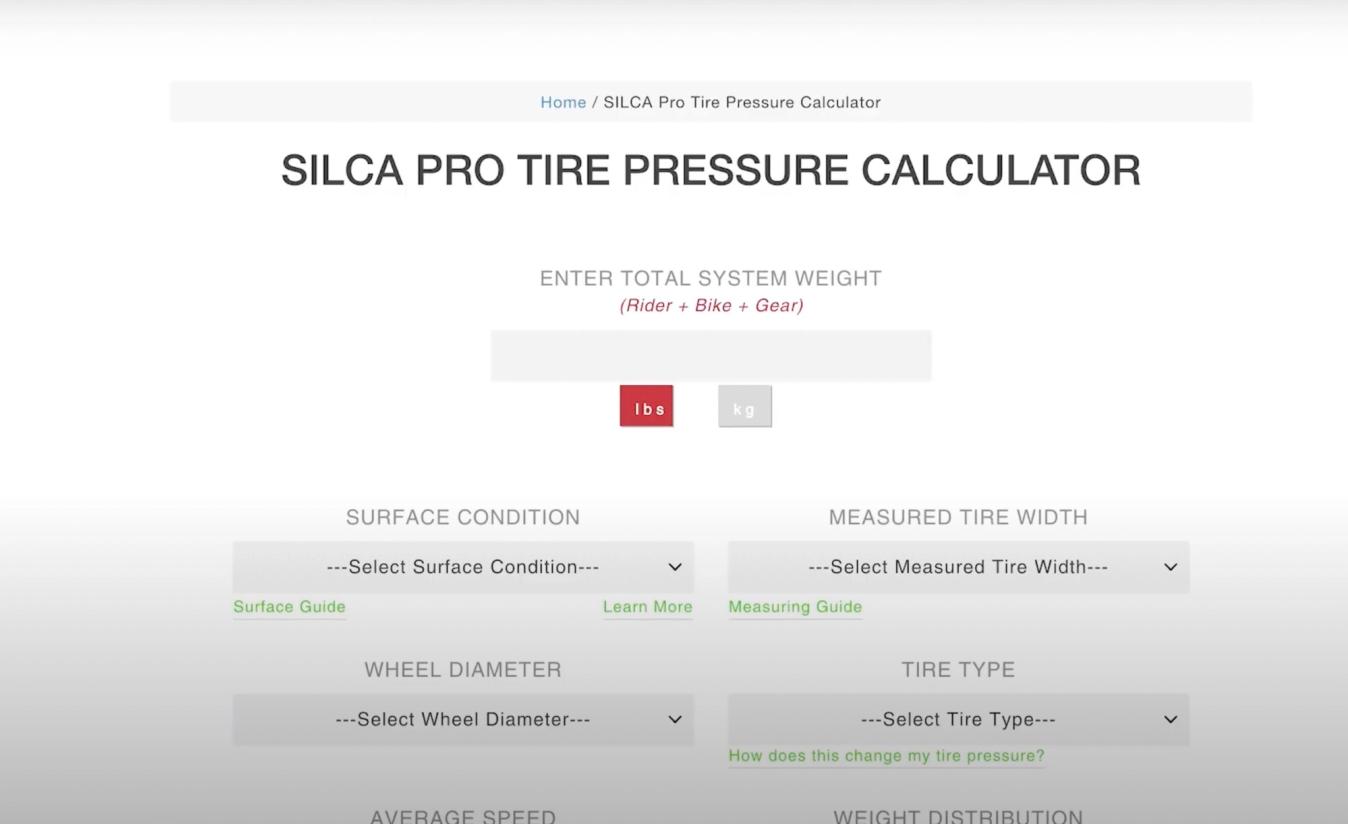
© GCN
Silca offer a free online calculator for finding your optimal tyre pressure
Check your actual tyre width
The width printed on the side of the tyre should never be taken as gospel. The internal rim width of a wheel can have a massive impact on the measured width of a tyre when it is inflated.
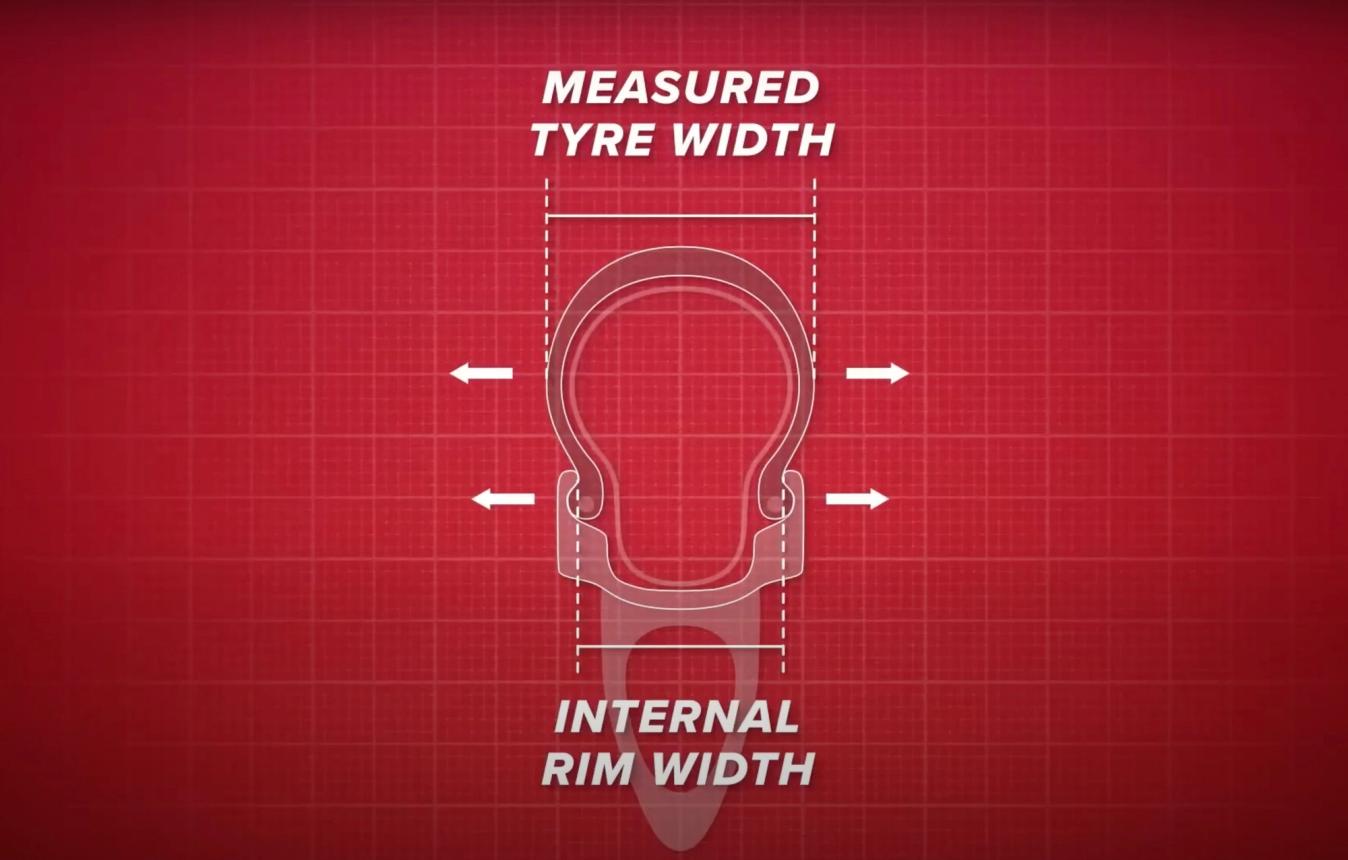
© GCN
A tyres width can vary depending on the internal width of the rim it is mounted to
If you are looking to find your optimal tyre pressure, basing it purely on the quoted width could have you hunting around the wrong ballpark. Instead, by taking a set of vernier callipers and measuring the physical width of the tyre, you will ensure you are calculating the right pressure.
Don’t be afraid to get experimental
Something Alex strongly advocates is the practice of experimenting with different tyre pressures. Depending on the surface and the conditions, the optimal tyre pressure is going to change. Unfortunately, there is no calculator that can tell you what is going to be right for a specific surface under specific conditions so spending some time to find out what works best for you is a valuable skill to have.
Wider is almost always better
Most riders have a lot to gain by fitting wider rubber to their wheels, unless they have perfectly smooth tarmac to roll around on all day long. The dampening qualities of wider tyres increase comfort, reduce fatigue and increase grip. If you are rolling around on a modern disc brake-equipped bike the chances are you will be able to fit at least a 32mm tyre without any issues with some endurance bikes going even further with clearances of 35mm.
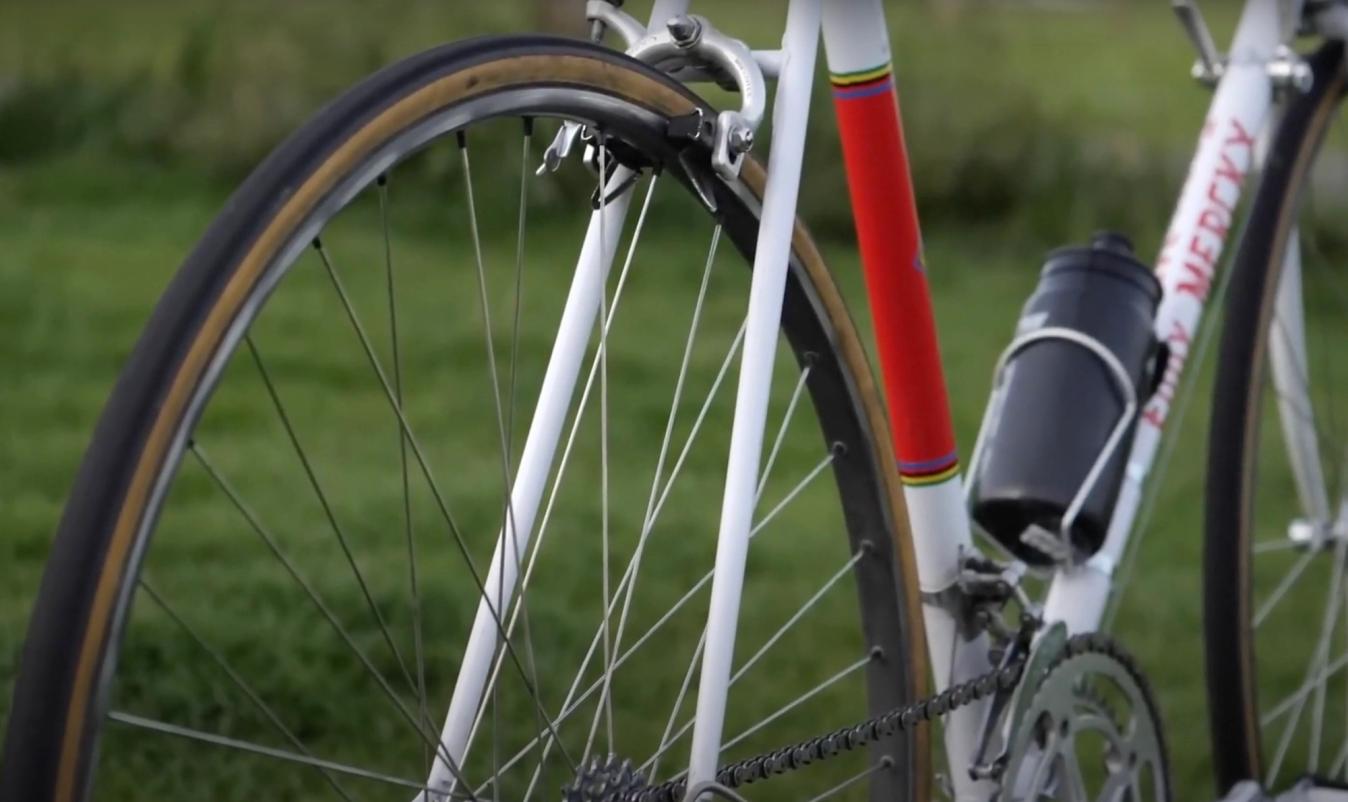
© GCN
You might struggle to go super wide on a rim brake bike but you should be able to fit a 28mm tyre
If you are riding around on a rim brake bike you will find that you are limited somewhat by the brake calliper itself. Traditionally these make fitting a tyre wider than 28mm impossible however, if you are coming from a narrower 23 or 25mm tyre the benefits will still be tangible fitting the widest tyres that you can.
Finding a tyre that matches your riding style
Tyres are designed around three pillars of performance, speed, comfort and puncture protection. Unfortunately, it is impossible to have a tyre that excels in all areas. For a tyre to offer a good level of puncture protection it typically requires more layers within the carcass and as a result, will be firmer, which will be at the detriment of comfort. Likewise, a thinner tyre will be more comfortable as it can deform to the surface of the road more easily but will also be more susceptible to punctures. This also transfers to how fast a tyre is, with a thinner tyre faster than a more puncture-resistant thicker one.

© GCN
Matching a tyre to you needs will involve balancing speed, comfort and puncture resistance
If you think you can cheat the system, think again. Dropping the pressure of a thicker puncture-resistant tyre will come at a significant cost to the speed you can travel for a given effort. It really is a universal cycling law that we all have to accept.
Faster tyres are a good thing for everyone
You might be thinking that this level of detail around tyres is not worth it as you have no intention of competing nor do you really care about how fast you can ride. The thing is, faster tyres can save you minutes of time on your commute and can make it a little bit easier to keep up on the hills when out on a group ride. Faster tyres don’t just mean going faster, they also mean you can ride at the same speed for less energy which is never a bad thing.
Are wider tyres an upgrade for all cyclists?
Investing some time and money into a pair of wider tyres, set up to an optimised tyre pressure, is pound for pound the best upgrade you can make to the performance and comfort of your bike. In a world where cycling components have never cost more, making this upgrade could be all you need to transform your riding experience.
Have you made the jump to wider tyres? Let us know your thoughts in the comments section down below and make sure to check out more of our latest tech features here.














.jpg?w=600&auto=format)
